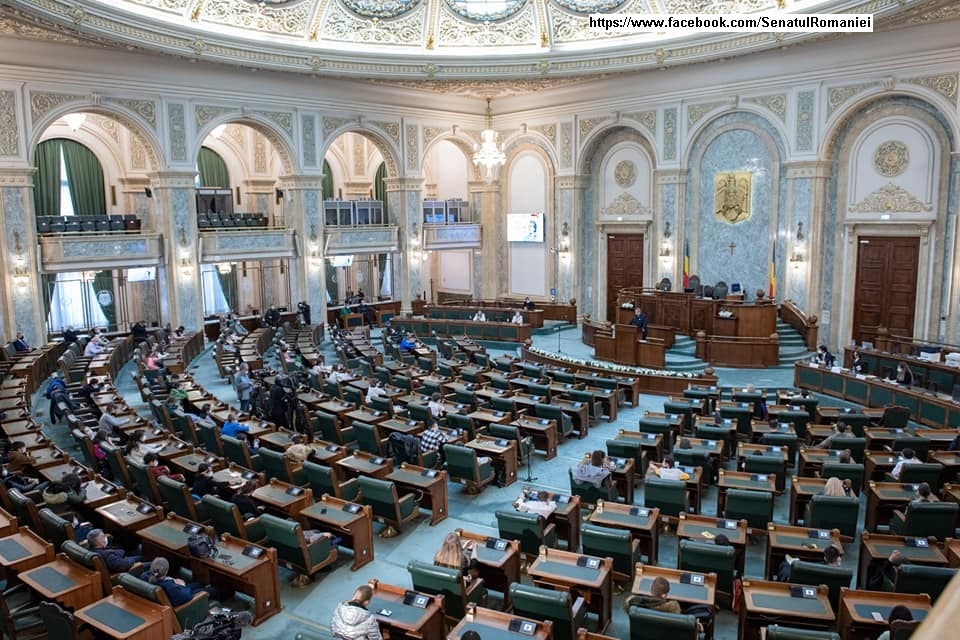Growing trade deficit
Romania's trade deficit is deepening

Bogdan Matei, 10.01.2023, 13:50
Affected the past 2 years by the consequences of the COVID-19 pandemic, and more recently by the aftermath of the war in neighbouring Ukraine, Romanias economy continues to suffer. Forecasts for this year remain moderately optimistic, and policy makers have built the state budget on a predicted 2.8% economic growth rate and a budget deficit up nearly 4.4% of GDP.
But the bottom line for 2022 is not as encouraging. In the first 11 months of last year, imports were EUR 31 bln higher than exports, according to data made public by the National Statistics Institute (INS). This is a record-high trade balance deficit, almost EUR 10 bln higher than in 2021. According to commentators, this was true even for the automotive industry, where traditionally exports had been higher than imports.
According to official data, in the period under review the largest shares in the structure of exports and imports were reported for vehicles and transport equipment (41.7% of exports and 32.7% of imports) and other finished goods (30% of exports and 28.6% of imports).
In the first 11 months of 2022, exports exceeded EUR 85.2 bln and imports totalled over EUR 116.2 bln, pushing the trade balance deficit to over 45% more than the figure for the corresponding period of the previous year. The increase was in part generated by the very high inflation, which increased the value of imports, but the main cause remains the fact that domestic output is unable to cover domestic demand, even in those sectors where it used to, such as the agrifood, chemical and automotive industries.
Experts argue that the government needs to take immediate action to keep things from worsening. This is what the economic analyst Constantin Rudniţchi told Radio Romania:
Constantin Rudniţchi: “Obviously, we should have a better structured and better financed policy to promote Romanian exports. On the other hand, Ive heard ideas that we should make a very thorough analysis with respect to imports, and the government and the business sector, together, should try to come up with measures to persuade those companies that import or make these imported products abroad to come to Romania.”
Romanias international trade remains primarily focused on EU member states, which account for over 72% of the total export market (nearly EUR 62 bln) and for around 70% of the import sources (EUR 82 bln). Non-EU trade amounted to EUR 23 bln in exports (i.e. 27.4%) and EUR 34 bln in imports (29.3%). (AMP)






























